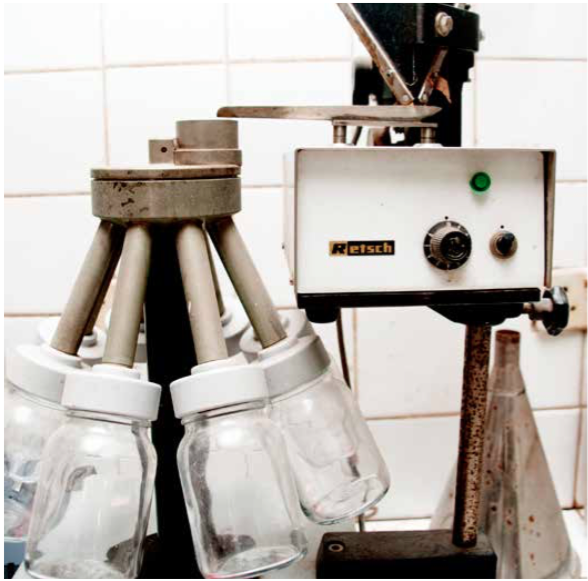Materials Engineering
The Materials Engineering programme (formerly Materials Science and Engineering) was established in 1984 as a section under the Department of Mineral Processing, Extractive Metallurgy/Materials Science and Engineering, at the then Institute of Mining and Mineral Engineering, KNUST. The programme remained a section until October 2002, when it was transferred to the College of Engineering as a full-fledged Department. Materials engineers make things like metal, plastic and ceramics work for us. They develop, change and use different processes to turn raw materials into useful substances with desirable properties. They also create strong new materials that resist corrosion and can withstand more stress and strain. The depletion of the world’s conventional resources for industry requires that other sources of materials be sought. In Ghana. The human resource and scientific support for this sector is new and falls far below the nation’s potential in utilising other forms of materials. There is therefore the need for the development of appropriate training, research and development programme to achieve higher stages of materials processing and increase the productivity of the manufacturing sector.
The following are research projects which are currently being carried out by academic staff of the Department.
- High temperature high alumina refractories from bauxite mine waste
- Development of catalyst for breakdown of phenols in wastewater
- Fluoride removal from bore hole water in the Upper East Region
- Chemical stabilsation of clay for application in the construction industry
- Production of magnesium hydroxide from sea water
- Development of polycrystalline ceramic laser materials
- Structural ceramics for heat engine application
- High temperature refractory materials
- Characterisation of kaolin clays to determine their suitability for industrial application
- Investigation into the metallurgical phenomena responsible for vibration stress relief
- Prediction of failure life of materials due to fatigue-creep interaction
- Investigation into the level of Fe-contamination of milled maize, due to the use of locally-manufactured corn-mill grinding plates.
- Investigation of the fatigue performance of 1045 steel
- Development of biodegradable polymer from starch
- Investigation into the use of microwave energy for metallurgical purposes
- Development of microwave energy for sintering of ceramics
- Surface treatment of metals against corrosion and wear
- Aluminium metal matrix composites in automobile application

- Strengthening of ferrous alloys
- A case study on the cost analysis in setting up a small scale foundry
- Economic analysis of setting up a small scale foundry
- The effect of bentonite and ant hill on moulding sand
- A case study in the operations of small scale foundry
- A case study of indigenous moulding operation and physical properties of moulding sand at the Oliben foundry
- A case study on environmental impact of mine effluent
- The effect of Afari clay on moulding sand
- A case study on the defects of casting products in the foundry industries


